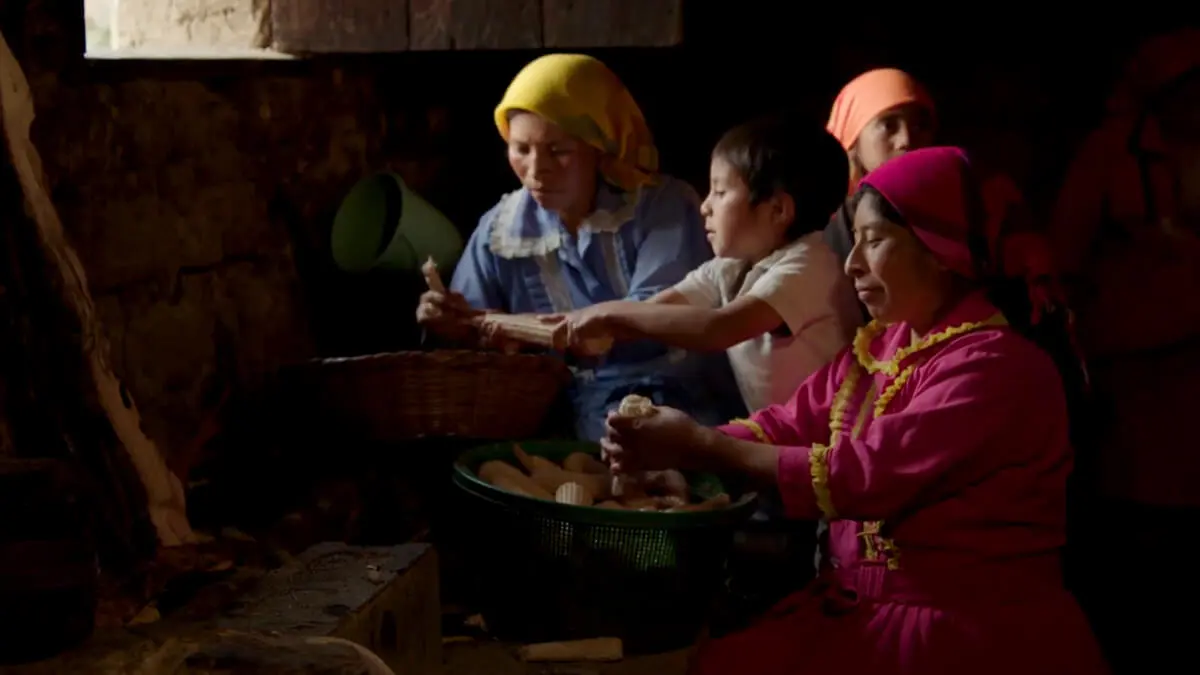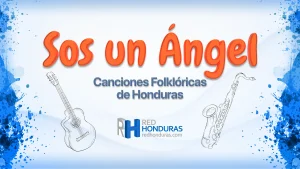The ethnic group of the Lencas in Honduras

They are descendants of the Mayans who did not follow the exodus, which ended the ancient Mayan Empire. It is currently located in the departments of La Paz, Intibucá and Lempira. It is also found in small numbers in the departments of Santa Bárbara, Comayagua, Francisco Morazán and Valle.
During the sixteenth century they were the largest indigenous group, in fact, today they are still the largest ethnic group, it is said that they have a population of more than one hundred thousand inhabitants.
When the Spaniards arrived, the Lencas were distributed into different groups, constituting a considerable population: Cares, Cerquines, Potones and Lencas. Although their communities were isolated by great distances, they were united by cultural ties and a common history.

Lempira «Lord of the Sierra»
The conquest of the Lencas was not an easy task for the Spanish, because the indigenous people resisted for 20 years. The most important action of resistance was the «rebellion of the Lencas», led by cacique Lempira, in 1537.
Lempira, which means «Lord of the mountains,» was the one who forged the unity of the entire Lenca people (cares, cerquines, pontoons and Lencas proper), around a confederation of tribes, organized to fight against the conquerors.
The Lencas fought in the area comprised by the Comayagua and Ulúa rivers. The indigenous force entrenched itself in the rocks of Congolón, Coyocutena, Piedra Parada, Cerro del Broquel and Cerquín.
The latter, according to historical evidence, became the center of operations for the Lenca resistance. While Lempira was dead, according to the testimonies of the Spanish chroniclers, the Lenca resistance continued.
Under Spanish rule, the Lenca population was concentrated in what the conquerors called «indigenous peoples,» but much of the indigenous legacy was fused with the Spanish culture, giving rise to the current mestizo culture of the country.
At the time of the Spanish conquest only three Lencas are named in the documents of that time: Mota, Entepica and Lémpira:
- Mota: He led the Lenca chiefs who defended Cape Gracias a Dios from the Spanish.
- Entepica: He was chief of Piraera and Lord of Cerquín;
- Lempira: He organized a war of resistance that lasted about twelve years and ended with his death in 1537.
Geographic location
Geographically they were divided as follows:
- Cares: They comprised the current departments of Intibucá, La Paz, north of Lempira and south of Santa Bárbara.
- Cerquines: They were established in the center and south of Lempira and south of Intibucá.
- Potones: They were to the west of the Lempa River, in Salvadoran territory.
- Lencas: Located in the department of Comayagua, east of La Paz, center and south of Francisco Morazán, including, probably, Tegucigalpa and Valle del Oriente, where they adjoined El Salvador.
Religion and culture
The native religion of the Lencas was a polytheistic religion that saw reality from an animistic point of view, believed in nahualism and the gods were hierarchically organized.
The religious universe of the peasants of the Lenca tradition has expanded as a result of the overlap or assimilation of colonial Spanish Catholicism and pre-Hispanic beliefs. Despite the dominant and overwhelming role of the Christian element, both religions influenced and molded each other, weaving the fabric of what the current worldview for them today.
They have an animistic vision of reality, they have hierarchical structuring of spiritual entities, the realization of complex prayers, of offering rites, for amendment, etc; assimilation of nahualism and the practice of a reduced shamanism.
They profess Catholicism, but also recognize the ancient religion and the difference from Catholic orthodoxy. For example, they associate Christ and the Virgin Mary with the forming Father and Mother; they practice animal sacrifices or «composing» to thank or ask for forgiveness from the angels and saints.
According to the anthropologist Ramón D. Rivas, the cultural identification that they currently preserve is based on facial features and some cultural, political and religious activities. They have an «Auxiliaría de la vara alta,» which is a type of organization that has lost its functions, but is still the primary indigenous and religious institution for the Lencas.
The Wands or «Majesties» are the fundamental symbol of their unity. The people who hold positions, constitute the authority body of the municipality, they have the political and cultural authority, therefore the life of the mythical Lenca. For them there is an indivisible unity between the material and spiritual world.
Its mythical universe is made up of elements such as:
- As discoverer of corn. It is said that this bird was the one that went out in search of the first ear of corn, found it and brought it back.
- The cusuco and the tacuacín, as discoverers of the clouds, but when the angels realized them they took them away.
- They constitute a complex of divinities, which are assigned functions such as bringing rain, winds, fertility of the earth, evils, etc.
- They manifest their presence to humans, through rays; When they fall on a tree, the closest inhabitants must practice a ceremony of composure to reconcile relationships with these supernatural beings.
- Protective spirits that constitute a complex of relationships established between man and protective animals. Each individual is born with a predestined nagual and his life is closely related to that of the animal that is his nagual.
- The life cycles are so marked that if something happens to the nagual, the effects are also felt in the person whose nagual has been affected by illness, injured or beaten. When someone is sick, their nagual is said to be weak.
- It was said that they were animals of enormous size from the hills of El Salvador and Honduras, which came to destroy the temples built by the San Desiderio. Christian-pagan character, who during the rites of Composure, represents the angel of evil.
Musical Instruments of the Lenca Culture
- Aerophones: Built with a natural reed with four small holes in the bottom. It is found in the western region of Honduras especially used in the dance of the guancascos.
- Bass chordophones (double bass): Folk instrument by transculturation of four strings made of hemp. It is another folk instrument by transculturation, it consists of 4 strings made by themselves.
- Guitar: Another instrument by transculturation.
- Membranophones: It consists of a wooden box to which 2 patches of goat, ox or deer are tied, the patch is held by a strap of the same leather. It is struck with sticks.
- Idiophones: Their sound is produced by the collision of pebbles or seeds that are introduced into a gourd or gourd to which a stick is placed as a handle.
The Lenca language
The Lenca language became extinct during the last decades of the last century and the first decades of the present. You can still find some old people who remember the Lenca words they heard from their parents or grandparents, but the Vi language has ceased to exist. They speak Spanish as their mother tongue, although their way of expressing themselves reveals remnants of the language lost in syntax, intonation and lexicon.
According to Campbell, the Lenca language is still unclassified. According to the Costa Rican linguist Adolfo Costenla Umaña, it is a language with Chibchano roots, but with much influence from Nahuatl, and from Mayan languages such as Yucatec and Chol.
The House
The house has not undergone any noticeable change, except in some cases in which the grass roof has been replaced, by tile or zinc.
They are generally one- or two-room ranches, with bahareque walls, grass roofs, and flattened earth floors; it is still the most common habitat, especially in the communities furthest from the roads. The poorest families (90%) cook on clay stoves, plastered with dirt and cow dung, and use firewood as fuel.
The household goods are still primitive: the stone of moles, the comal and the clay containers. Many use metal mills to break the corn kernels. Firewood is collected by women and older children.
What’s more
- Get to know the Ethnicities and Indigenous Groups of Honduras
- Map of Ethnicities and Indigenous Groups in Honduras



